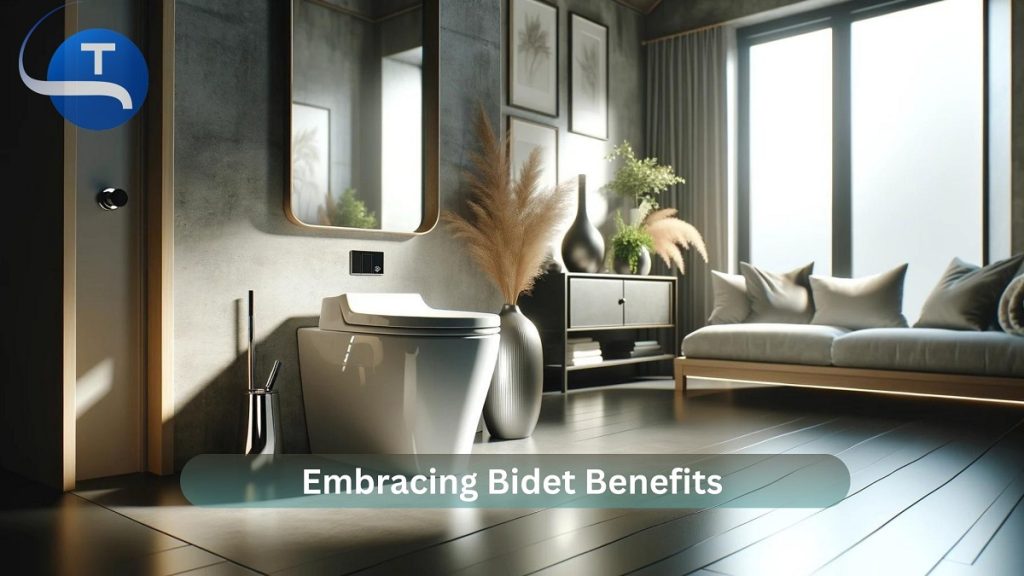Exploring the Sanitary Aspects of Bidets: Fact or Fiction?
Are bidets sanitary has become a topic of interest, sparking discussions about their effectiveness and cleanliness compared to traditional toilet paper. We’ll be exploring bidets and various aspects of bidets, separating fact from fiction and shedding light on their hygiene benefits.
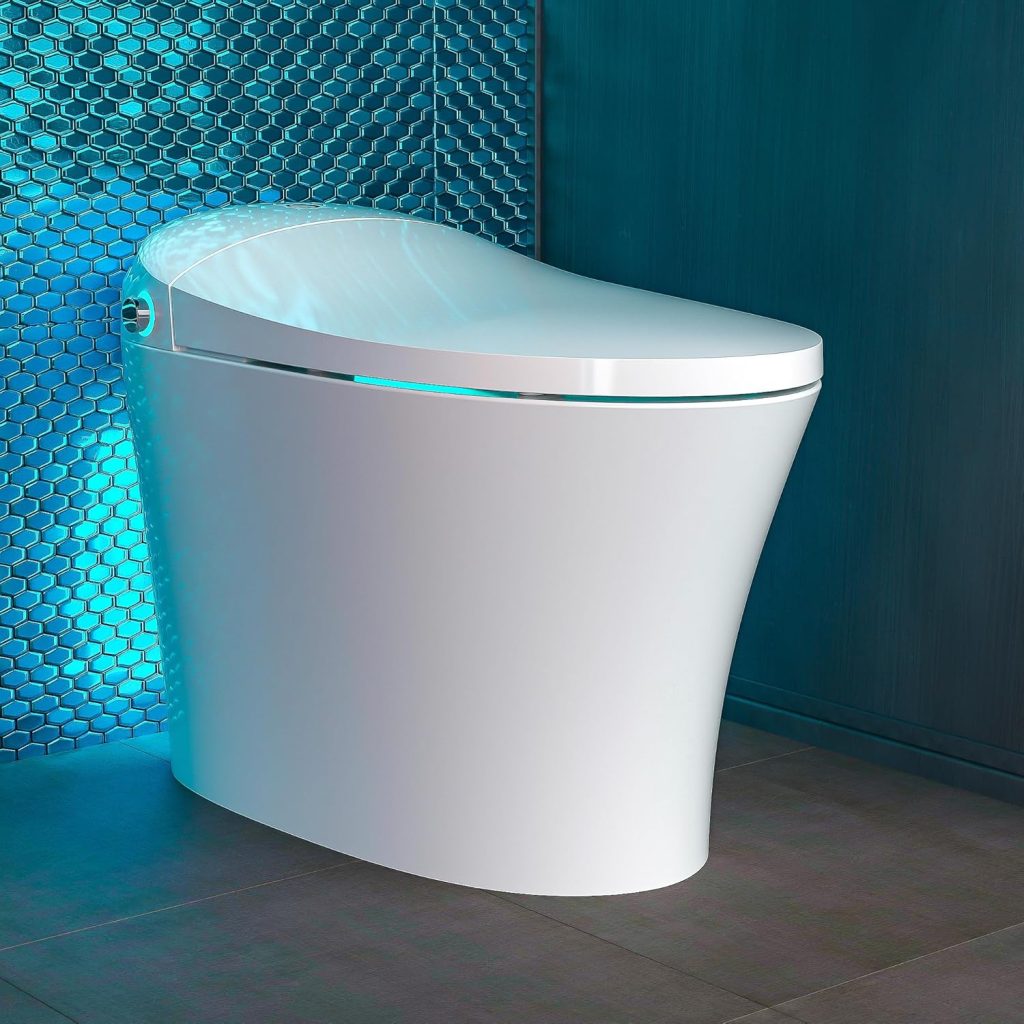
Bidets vs. Toilet Paper: Which is More Sanitary?
Bidets offer a thorough cleansing using water, potentially reducing the risk of bacterial buildup compared to toilet paper, which may leave residue. Studies have shown that bidets can be more effective at removing fecal matter and reducing the chances of urinary tract infections and other related issues. The use of water also helps in reducing irritation and discomfort, promoting better overall hygiene.
Understanding Bidet Attachments and Bidet Toilets
Bidet attachments and bidet toilets are designed with hygiene in mind, featuring self-cleaning mechanisms for nozzles and surfaces. These attachments are easy to install and can be added to existing toilets, making them a convenient option for those looking to upgrade their bathroom hygiene without investing in a full bidet toilet. Bidet toilets, on the other hand, are integrated units that combine the functionality of a toilet and bidet, offering a seamless and hygienic experience.
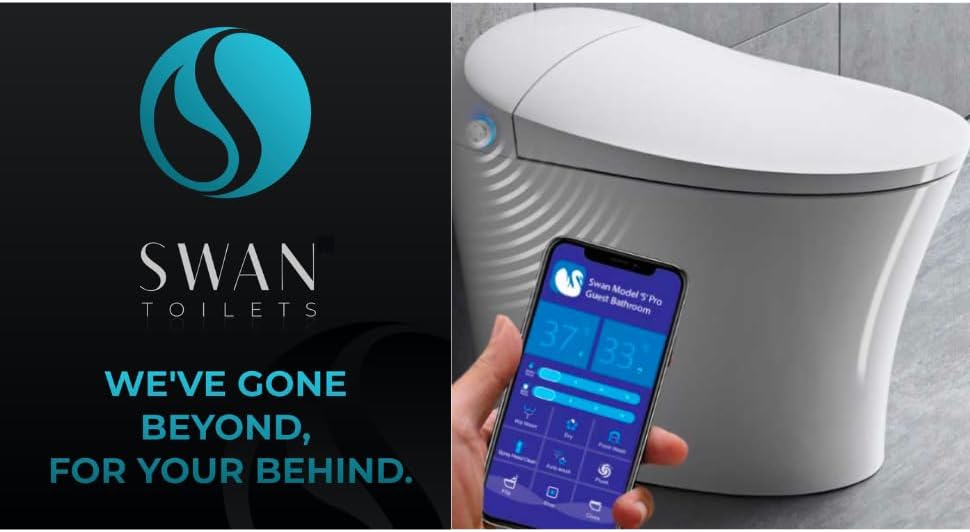
The Self-Cleaning Mechanisms of Bidets
Many bidet systems include features for self-cleaning nozzles, ensuring optimal hygiene with each use. These mechanisms often use water pressure or antibacterial solutions to clean the nozzles after each use, reducing the risk of bacterial contamination. Regular maintenance and cleaning are still recommended to keep the bidet in top condition and ensure long-term hygiene benefits.
Exploring Different Types of Bidets
Bidets come in various forms, including standalone fixtures and integrated units, catering to different preferences and needs. Standalone bidets are separate fixtures typically found next to toilets, while bidet toilets combine the functionality of a toilet and bidet in one unit. Bidet attachments can be added to existing toilets, providing a cost-effective option for those looking to upgrade their bathroom hygiene.
The Hygiene Standards of Bidets in Hotels
Hotels often maintain rigorous cleaning protocols for bidets, ensuring guest safety and satisfaction during their stay. Cleaning staff are trained to properly sanitize and disinfect bidets between guests, following industry standards for hygiene and cleanliness. Guests can rest assured that bidets in hotels are maintained to high standards, providing a sanitary option for personal hygiene.
Japanese Bidets: Setting the Standard for Cleanliness
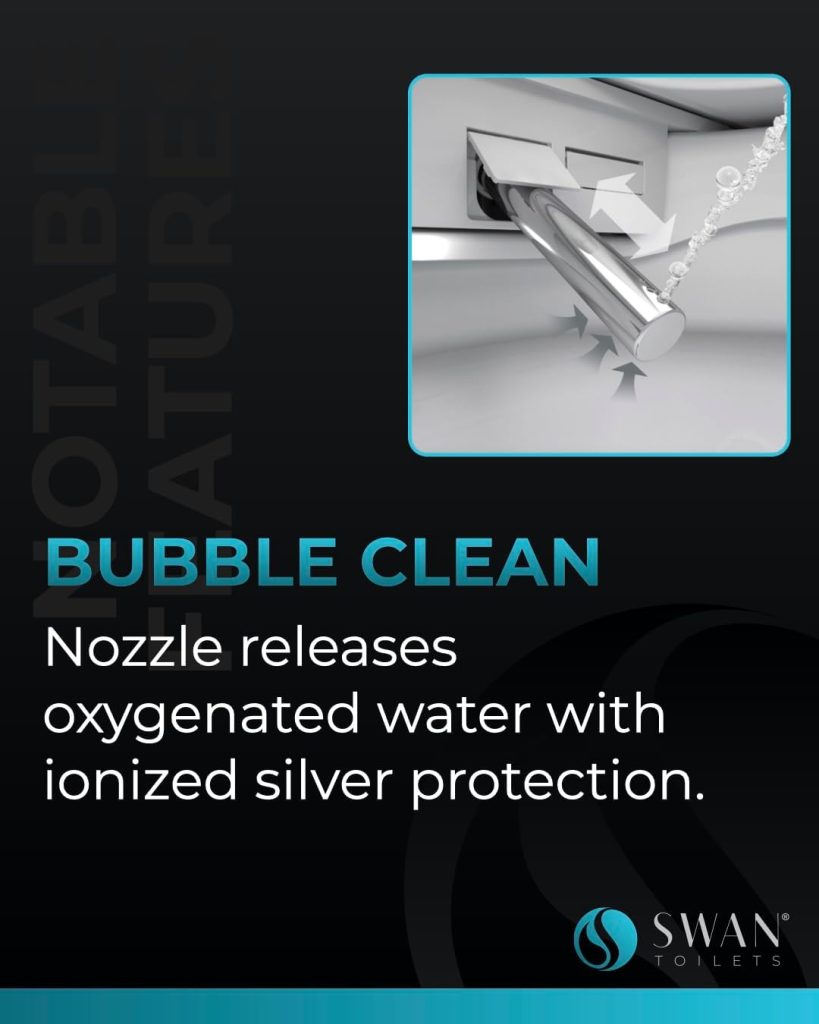
Japanese bidets, known as washlets, are renowned for their advanced features and emphasis on hygiene. These bidets often include functions such as heated seats, adjustable water temperature, and self-cleaning nozzles, setting a higher standard for cleanliness and comfort. The popularity of Japanese bidets has led to increased adoption worldwide, with many users appreciating the enhanced hygiene and convenience they offer.
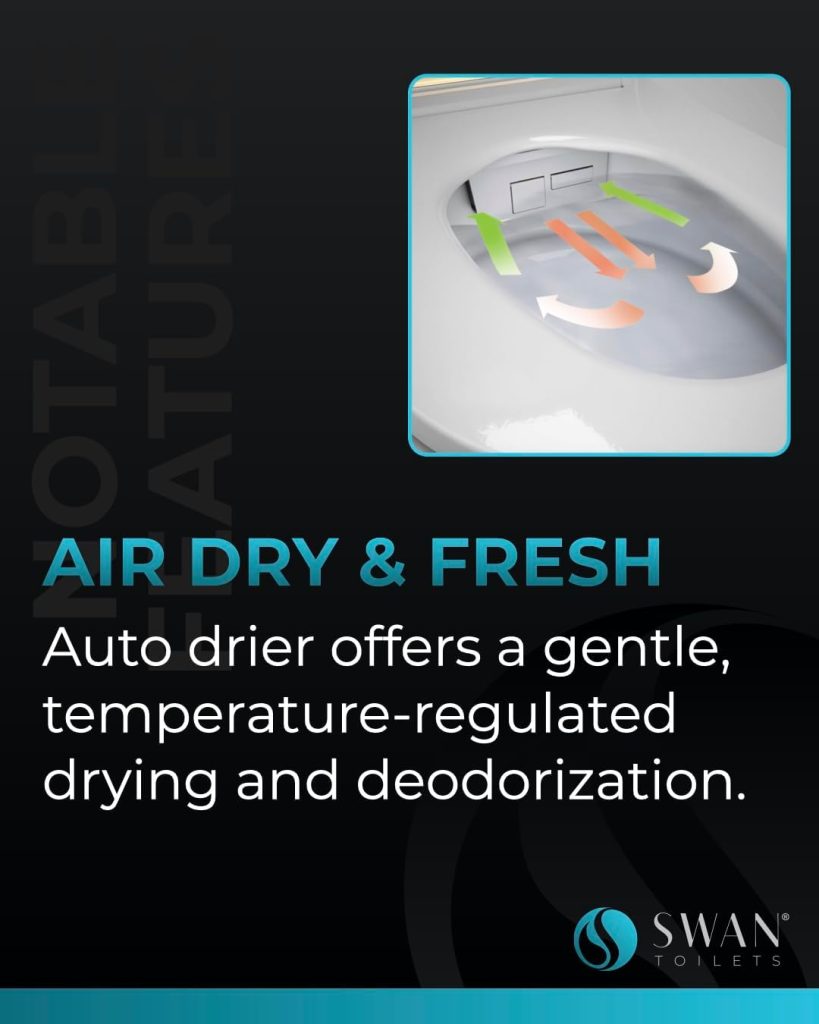
Bidet Nozzles: Designed for Sanitation
Bidet nozzles are resistant to bacterial growth, contributing to the overall cleanliness and hygiene of bidet systems. These nozzles are typically made from materials such as stainless steel or medical-grade plastic, which are easy to clean and maintain. Some bidet models even feature antibacterial coatings or self-cleaning mechanisms to further enhance sanitation and hygiene.
The Role of Water Quality in Bidet Hygiene
The water used in bidet systems typically comes from a clean water source, ensuring sanitation during use and minimizing the risk of contamination. Some bidet models even feature filters or purifiers to remove impurities and ensure the water used for cleansing is of the highest quality. Clean water is essential for maintaining hygiene and preventing bacterial growth in bidet systems.
The Environmental Impact of Bidets vs. Toilet Paper
Bidets offer a more eco-friendly alternative to toilet paper, reducing paper waste and environmental footprint. The production and disposal of toilet paper contribute to deforestation, water pollution, and greenhouse gas emissions, while bidets use minimal water and produce no waste. Switching to bidets can help reduce our environmental impact and promote sustainability in the bathroom.
Bidets and Personal Hygiene: Enhancing Comfort and Cleanliness
Bidets provide a comfortable and hygienic means of personal cleansing, promoting overall well-being and cleanliness. The use of water for cleansing can help reduce irritation, itching, and other discomforts associated with traditional toilet paper. By incorporating bidets into their daily routine, individuals can enjoy improved hygiene and greater comfort in the bathroom.
Bidets in Public Spaces: Ensuring Hygiene for All
Public facilities increasingly integrate bidets to provide users with a sanitary and convenient option for personal hygiene. Bidets in public restrooms are often equipped with features such as automatic sensors, adjustable water pressure, and self-cleaning nozzles to ensure optimal hygiene and user experience. These bidets help promote cleanliness and sanitation in shared spaces, enhancing the overall restroom experience for all users.
Conclusion: Embracing the Hygienic Advantages of Bidets
Bidets offer a sanitary and environmentally friendly alternative to traditional toilet paper, promoting cleanliness and comfort for users across various settings. By understanding the benefits of bidets and incorporating them into our daily lives, we can enjoy improved hygiene, greater comfort, and reduced environmental impact in the bathroom.
Frequently Asked Questions
Are bidets sanitary and more hygienic than toilet paper?
Yes, bidets offer a more thorough cleansing using water, potentially reducing the risk of bacterial buildup compared to toilet paper.
How do bidet attachments and bidet toilets ensure hygiene?
Bidet attachments and bidet toilets feature self-cleaning mechanisms for nozzles and surfaces, ensuring cleanliness with each use.
Are bidets sanitary and environmentally friendly?
Yes, bidets offer a more eco-friendly alternative to toilet paper, reducing paper waste and environmental footprint.
Do bidet nozzles resist bacterial growth?
Yes, bidet nozzles are designed to resist bacterial growth, contributing to the overall cleanliness and hygiene of bidet systems.
Are bidets sanitary in public spaces?
Public facilities increasingly integrate bidets to provide users with a sanitary and convenient option for personal hygiene.
How do Japanese bidets differ from regular bidets?
Japanese bidets, known as washlets, offer advanced features such as heated seats, adjustable water temperature, and self-cleaning nozzles, setting a higher standard for cleanliness and comfort.


